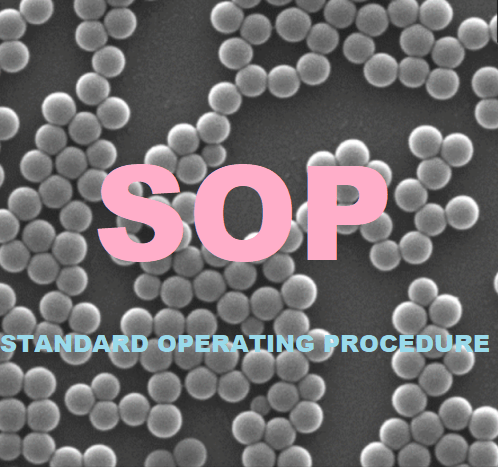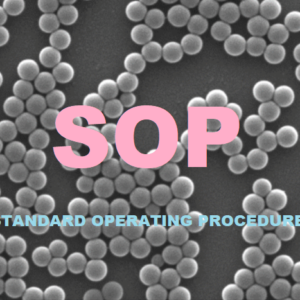STANDARD OPERATING PROCEDURE
SOP Title: Synthesis of graphene using the chemical reduction method
SOP No: 881104
Graphene is a versatile material with unique properties that make it an attractive candidate for a wide range of applications, from electronics to energy storage to water purification. One of the most commonly used methods for synthesizing graphene is the chemical reduction method. If you are interested in synthesizing graphene using this method, you need a comprehensive guide that will provide you with all the information you need to conduct the experiment successfully.
Our comprehensive guide to the chemical reduction method for the synthesis of graphene provides detailed information on the materials, procedures, and characterization techniques required to synthesize high-quality graphene. The key sections of the SOP include information on the materials required for the experiment, the step-by-step procedure for conducting the experiment, and the characterization techniques used to confirm the synthesis of graphene. The guide also includes information on the advantages and disadvantages of the chemical reduction method and strategies for scaling up the process.
One of the challenges of scaling up the chemical reduction method is ensuring homogeneity and safety. Our guide provides strategies for overcoming these challenges, including optimizing the reaction conditions and collaborating with other researchers or institutions to access the necessary equipment and resources. We also provide information on the potential applications of graphene synthesized by the chemical reduction method, including electronics, energy storage, composite materials, biomedical applications, and water purification.
By using our comprehensive guide, you will have all the information you need to successfully synthesize high-quality graphene using the chemical reduction method. You will be able to avoid common mistakes and optimize the process for your specific needs. In addition, we provide a receipt that can be used for reimbursement, ensuring that the cost of the guide is covered.
If you are interested in synthesizing graphene using the chemical reduction method, our comprehensive guide is an essential resource. It provides detailed information on the materials, procedures, and characterization techniques required to successfully conduct the experiment, as well as information on scaling up the process and the potential applications of graphene synthesized by the chemical reduction method. Get your copy today and start exploring the many exciting possibilities of graphene!
Title: Comprehensive Guide to Chemical Reduction Method for Synthesis of Graphene
Table of Contents:
1. Purpose
2. Introduction
3. Chemical Reduction Method SOP 3.1 Materials 3.2 Procedure 3.3 Characterization
4. Advantages and Disadvantages of the Chemical Reduction Method 4.1 Advantages 4.2 Disadvantages
5. Scaling up the Chemical Reduction Method 5.1 Challenges 5.2 Strategies
6. Applications of Graphene Synthesized by the Chemical Reduction Method 6.1 Electronics 6.2 Energy Storage 6.3 Composite Materials 6.4 Biomedical Applications 6.5 Water Purification
7. Conclusion
With this SOP, you can be confident that you are following the correct protocol and achieving the best results possible. So, why waste any more time and effort? Click on the link to download the SOP and simplify your research process today! #goldnanoparticles #organicsolvent #researchers #SOP #protocols #simplifyresearch #consistency #efficiency Synthesis of gold nanoparticles

